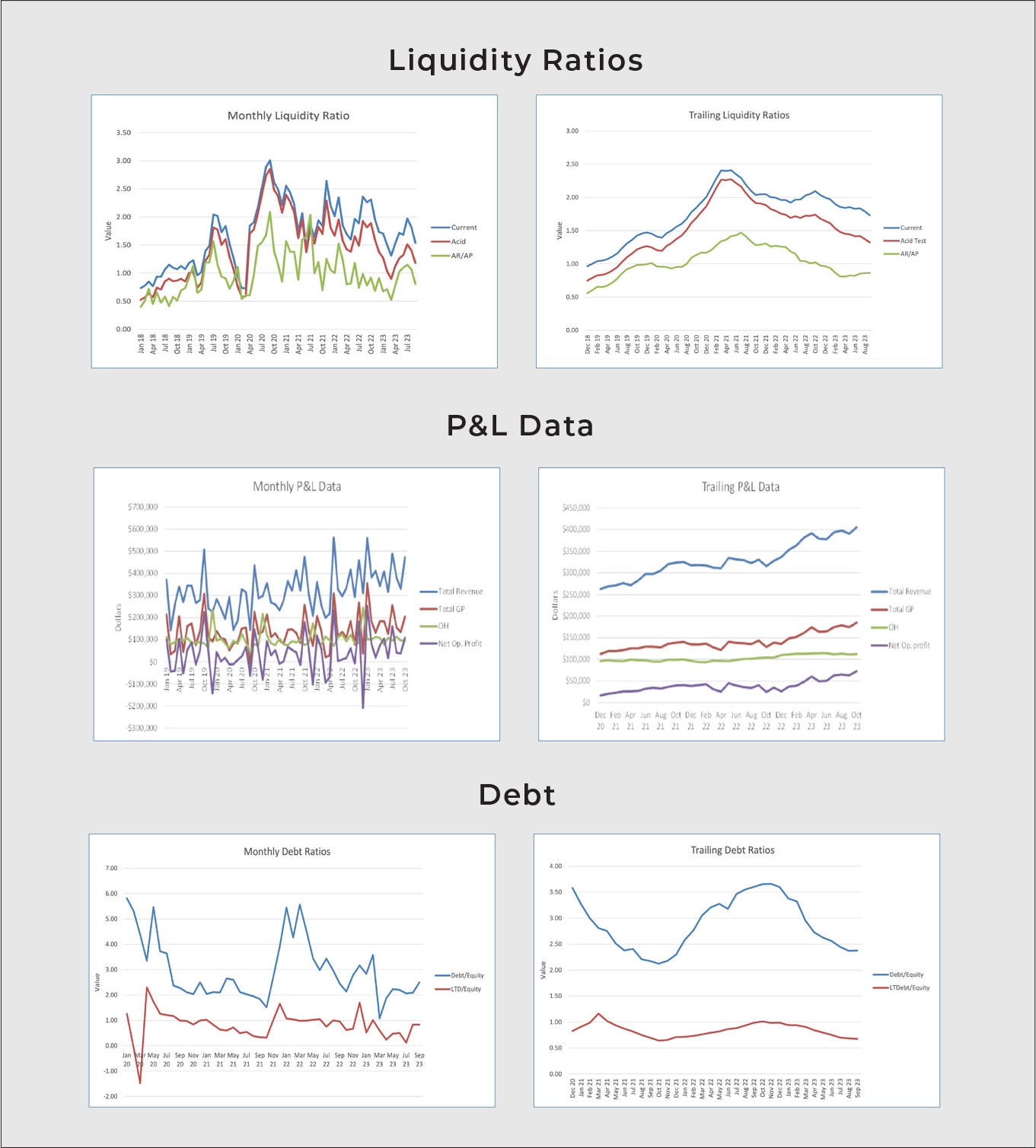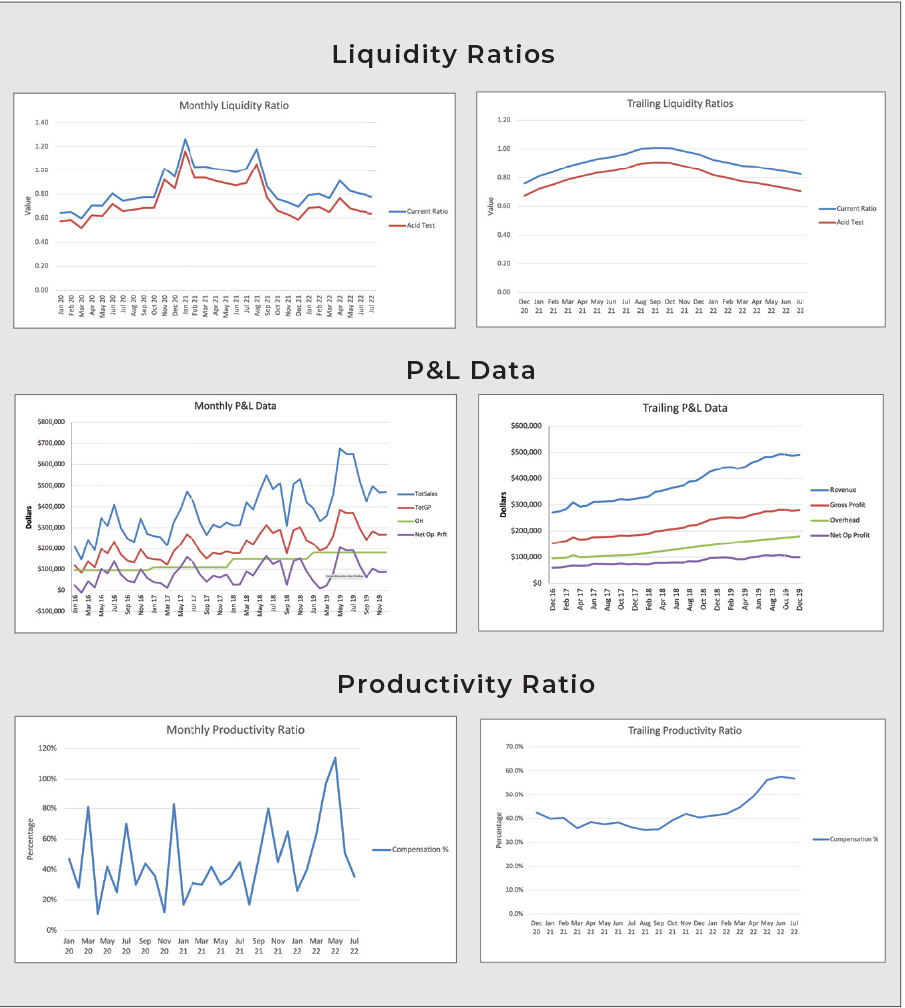Beware – scammers are out there and they may not even be within your business. With random number generators and an easily obtainable bank routing number, your hard-earned cash could evaporate. The scammers are looking for viable bank accounts and viable credit cards from which to steal.
Here are four situations you might encounter:
1. Your Bank Accounts and Credit Cards
Please monitor your checking and savings bank accounts daily. It takes less than five minutes to do. You can do it from anywhere (if the Internet is secure where you are).
Take the time to do it. Review all the transactions from the previous day. Make sure you recognize all of them. If you do not, then investigate and make sure those transactions are legitimate. If they are suspicious, call your bank immediately.
Likewise, look at your credit card transactions daily with the same intent. Call your credit card company if you see suspicious or invalid transactions.
Closing a checking account or a credit card account is irritating. However, it is much better than being stolen from.
2. Legitimate Looking Letters and Emails
It is easy to send thousands of emails and text messages with legitimate looking messages.
I can attest to the veracity of this as I received two texts recently – one from my gym and another from my insurance company. Both texts said that my payment was past due, followed by a link that instructed me to “click here.”
These texts were suspicious because none of these payments were late. I verified this was the case. Had I clicked on the link and entered information, my bank accounts/credit cards would have been compromised – IN SECONDS.
If you get an email, text, or other message saying your payments are late or wanting to change the payment method, NEVER assume these communications are legitimate.
Always call your contacts, go to your vendor/customer website, your bank accounts, and verify payments you have made.
1. Changing Payments Sent and Received
A. Changing how you get paid
Suppose you receive a letter or an email from your customer saying they want to change how they are paying your invoices. The letter/email looks legitimate.
The message contains instructions to change their payment to you from a different bank or changing from paying you by check to paying you by direct deposit into your account through ACH payments. Do NOT assume this is legitimate. Double-check with the source in every case.
B. Changing how you pay your vendors
Like A, let us say you receive a letter or email from your vendor saying they want to change how your payments to them are made. The letter/email looks legitimate.
They want you to send payments to a different bank account or to a different ACH payment. Again, call your customer at your known telephone number and verify the changes…do NOT call the telephone number on the letter or email – even if the letter looks like it came from your customer/vendor.
These examples are very real. I have been told about two very recent painful losses: One for more than $50,000 and another for more than $78,000. Pay attention and you will not find yourselves in this position.
Remember, it is not only the cash loss that hurts. Assuming that your net profit is 10% then that means that you must generate $500,000 or $780,000 just to recover from the losses.
4. Track All Payments Made in the Field
Track all the payments made in the field. Here is how quickly theft can occur if you get complacent.
A customer pays a technician by check at a service appointment. The technician tells the customer, not to worry, he will fill in the “Pay to the Order Of” section. Then he fills in that line with his name. In the evening, he goes to the ATM and deposits the check into his bank account. Done. If you are not watching, you have just been stolen from.
You may say, “We don’t accept checks, so we aren’t worried.” Think again.
A customer asks to pay via debit or credit card. Do you have a device that tracks these payments? Make sure the device that is being used is your company’s device. It is extremely easy to get a Square with your company’s name, your company Federal and State ID numbers (they are on the W-2’s you give to employees at the end of the year) and the technician’s bank account.
You must have a system of checks and balances to keep your accounts safe. Your bookkeeper should verify that the company receives all payments from the field daily. If the technicians know you are watching, they are less likely to steal.
Stay vigilant. If you see something suspicious, investigate immediately and resolve the issue. It is your responsibility to monitor all the money going in and out of your accounts to protect your hard-earned cash.
Ruth King has more than 25 years of experience in the HVACR industry and has worked with contractors, distributors and manufacturers to help grow their companies and become more profitable. Contact Ruth at ruthking@hvacchannel.tv or at 770-729-0258.






